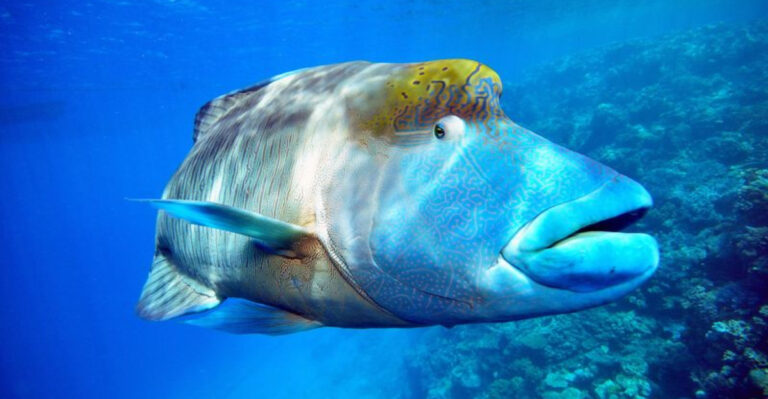What Makes The Tentacled Snake One Of Nature’s Oddities
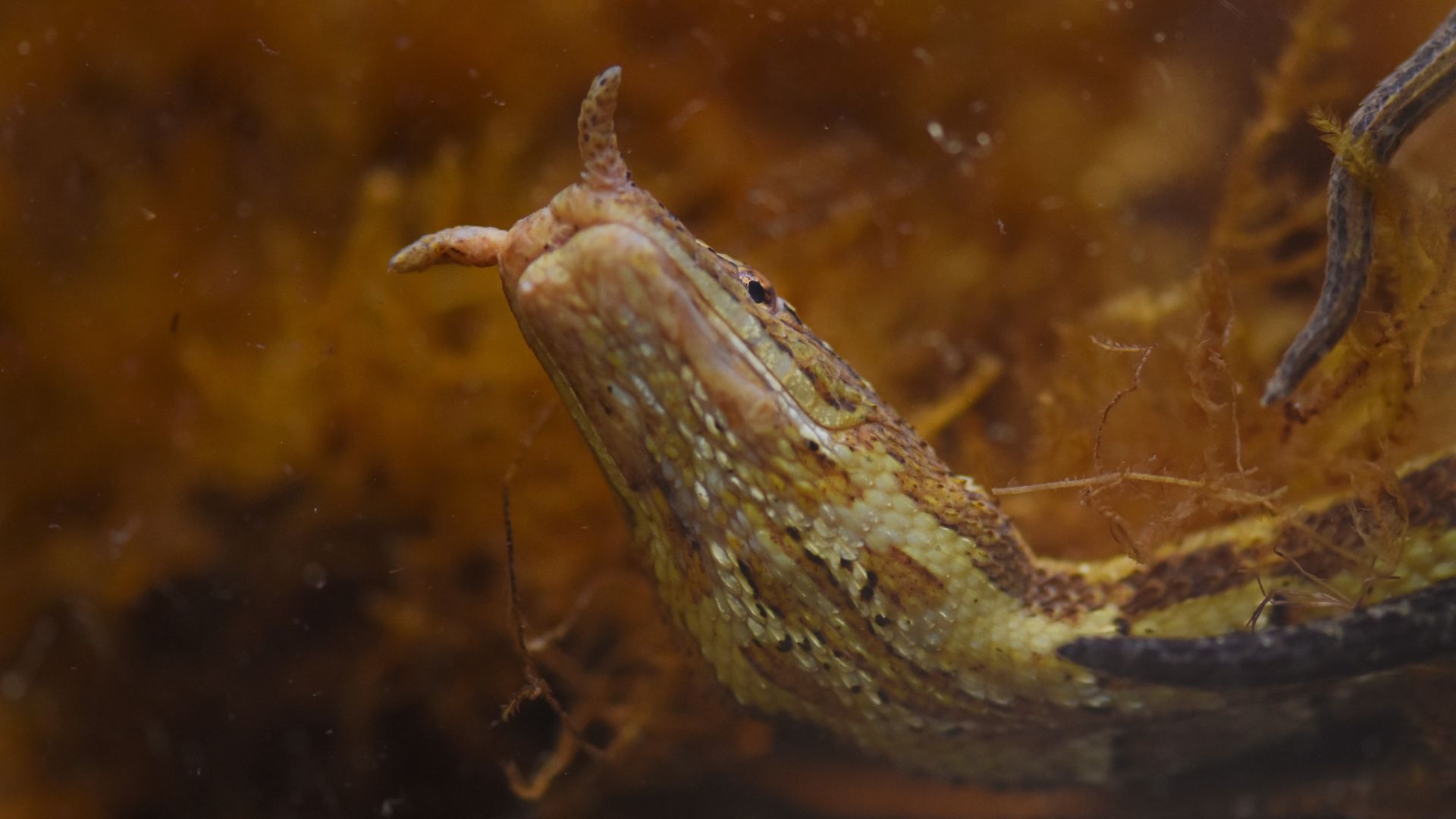
Deep in the murky waters of Southeast Asia lives one of nature’s most peculiar reptiles – the tentacled snake.
Named for the strange appendages on its snout, this aquatic predator has evolved some truly bizarre features that make it a master of underwater hunting.
From its unusual anatomy to its mind-boggling hunting techniques, the tentacled snake might be the strangest serpent you’ve never heard of.
Those Weird Facial Tentacles
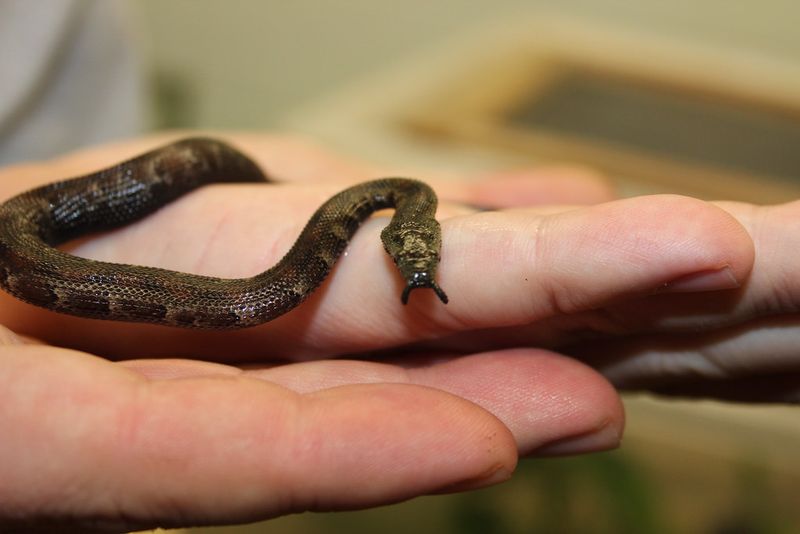
Imagine having two short, fleshy tentacles growing from your nose! These strange appendages are what give the tentacled snake its name and set it apart from every other snake on Earth. Located on the front of the snout, these sensitive protrusions aren’t just for show.
The tentacles contain numerous sensory cells that help the snake detect movement in water. Think of them as underwater motion detectors that pick up tiny vibrations from passing fish. Since these snakes hunt in murky, low-visibility conditions, these sensory organs give them a crucial advantage.
Breathing Underwater Without Gills
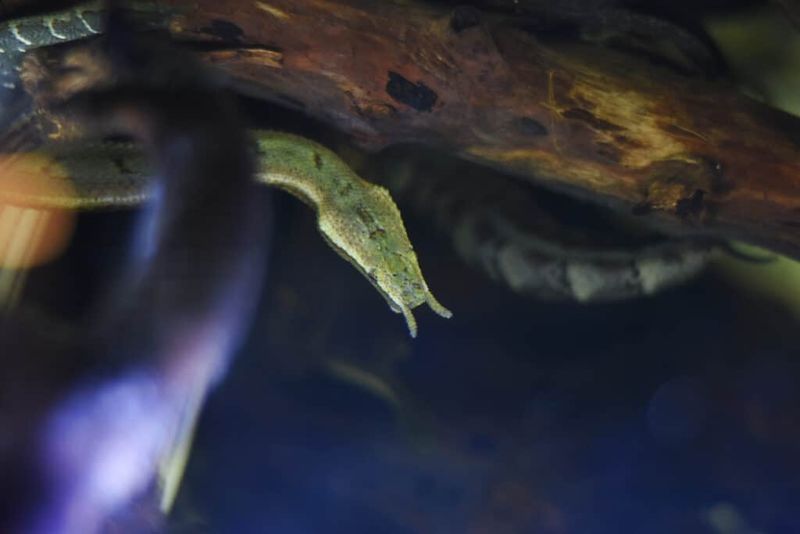
Unlike fish, tentacled snakes don’t have gills, yet they rarely come to the surface for air. Their remarkable adaptation? Special valves in their nostrils that close underwater, allowing them to stay submerged for up to 30 minutes at a time.
Even more fascinating is their ability to absorb oxygen directly through their skin! This process, called cutaneous respiration, supplements their lung breathing and helps them remain underwater longer while hunting. The snake’s skin contains blood vessels positioned close to the surface that can extract oxygen from the water.
Masters Of Aquatic Camouflage
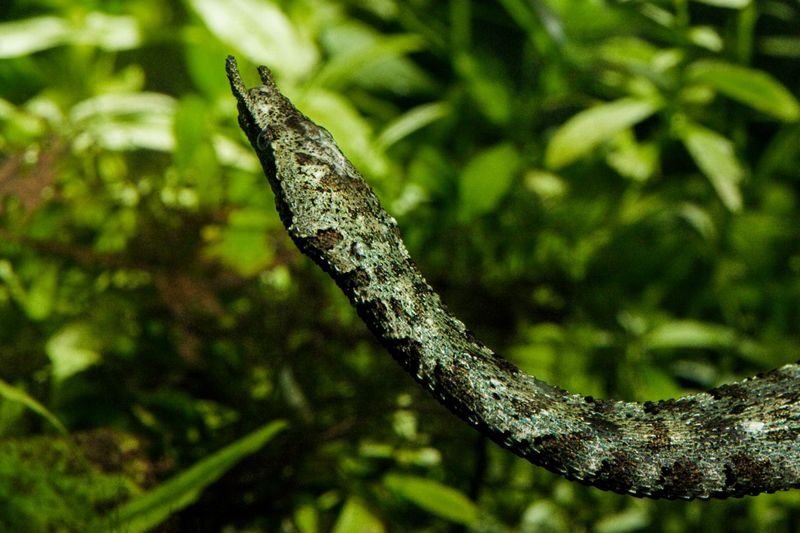
Floating motionless among aquatic plants, the tentacled snake becomes nearly invisible to both prey and potential predators. Their brown or grayish bodies, often marked with darker bands or blotches, blend perfectly with muddy bottoms and floating vegetation.
The snake’s body shape adds to this disguise. When hunting, they form a distinctive J-shape that resembles branching underwater plants. Some individuals even have algae growing on their skin, further enhancing their camouflage. This perfect disguise allows them to remain hidden until the perfect moment to strike.
Fish-Predicting Superpowers
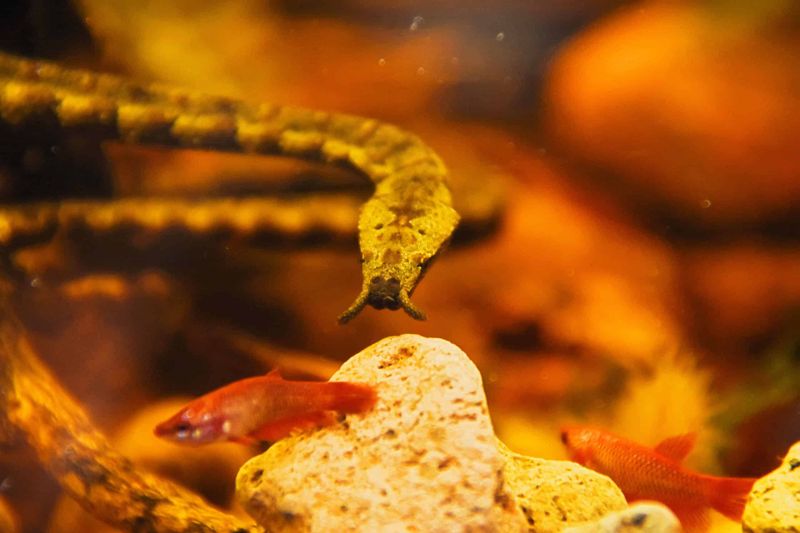
Tentacled snakes possess what scientists call predictive striking – they can anticipate where a fish will swim before it even moves! When a fish detects danger, it instinctively flees in a specific direction using a reflex called the C-start response.
Remarkably, these snakes have evolved to trigger and exploit this response. They create a slight body movement that causes the fish to flee right toward the snake’s mouth. This hunting strategy is so sophisticated that the snake aims not at where the fish is, but where it will be milliseconds later.
Lightning-Fast Strike Speed
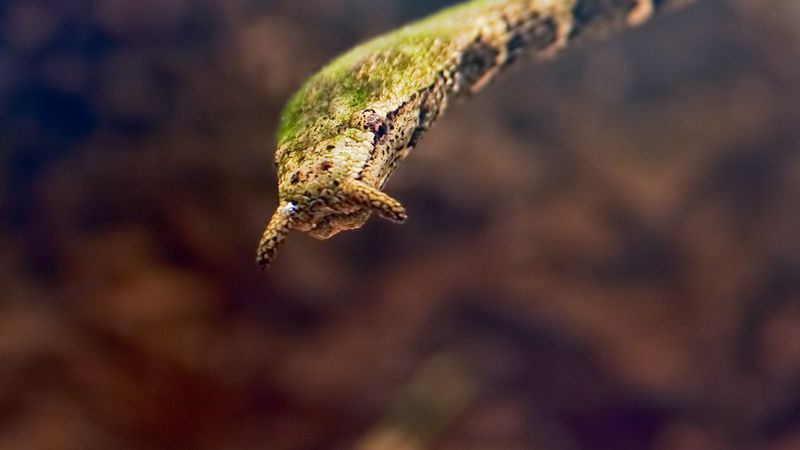
Blink and you’ll miss it! The tentacled snake’s strike happens in less than 20 milliseconds – faster than you can blink your eye. This incredible speed is particularly impressive considering water resistance slows down most movements.
Their strike is powered by specialized muscles that contract with explosive force. Unlike many other snakes that lunge their entire body forward, tentacled snakes keep their body anchored and only move their head and neck region. This technique generates less water resistance and allows for greater acceleration.
Born Ready To Hunt
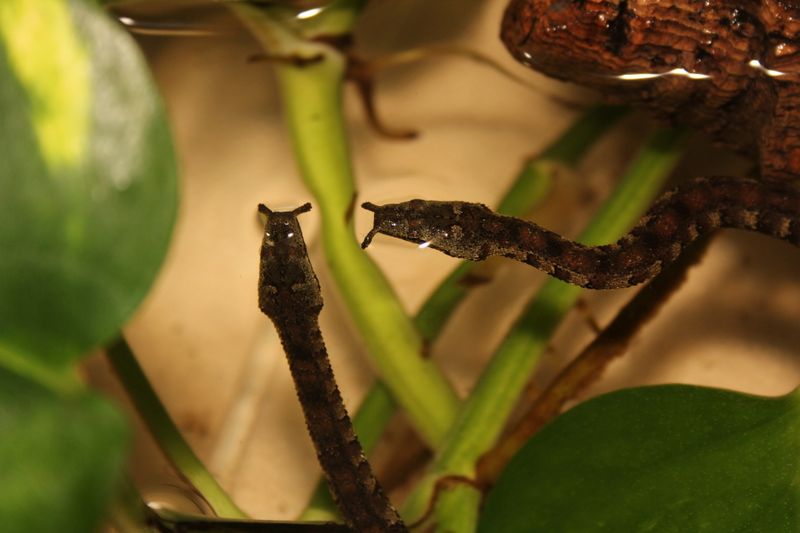
Baby tentacled snakes emerge from eggs already equipped with all the hunting skills of adults – no learning period required! These precocious youngsters can perform the complex J-shaped hunting posture and predictive strikes from day one.
Scientists believe this innate behavior is hardwired into their brains, making them one of the few reptiles born with such sophisticated hunting abilities. Even more surprising, baby tentacled snakes are born live underwater, not from eggs laid on land like most snakes. They begin hunting almost immediately after birth.
Completely Aquatic Lifestyle
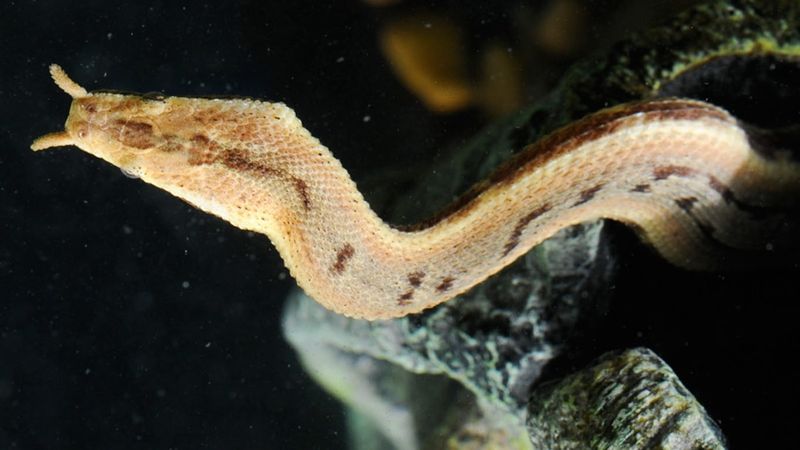
Unlike sea snakes that occasionally visit land, tentacled snakes spend their entire lives underwater. They’re so specialized for aquatic living that they move awkwardly and ineffectively on land – almost like fish out of water!
Their bodies have evolved special adaptations for this fully aquatic existence. Their tails are flattened like paddles for better swimming, and their scales are arranged to reduce water resistance. Found in freshwater habitats across Southeast Asia, these unusual reptiles inhabit slow-moving streams, rice paddies, and marshes with plenty of vegetation for hiding.
Unique Vertebrae Structure
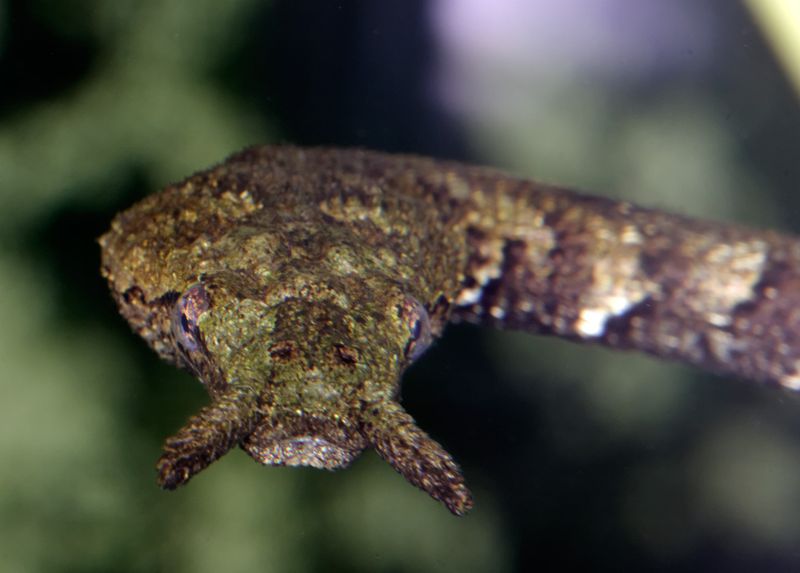
X-rays of tentacled snakes reveal an extraordinary anatomical feature – specialized vertebrae unlike any other snake species. These modified bones in their spine create the perfect foundation for their J-shaped hunting posture.
The vertebrae near the head have extended neural spines and specially shaped joints that lock into position. This adaptation allows the snake to maintain its distinctive ambush position for hours without muscle fatigue. Some vertebrae also have unusual projections that serve as attachment points for the powerful muscles used during strikes.
Venomous But Harmless To Humans
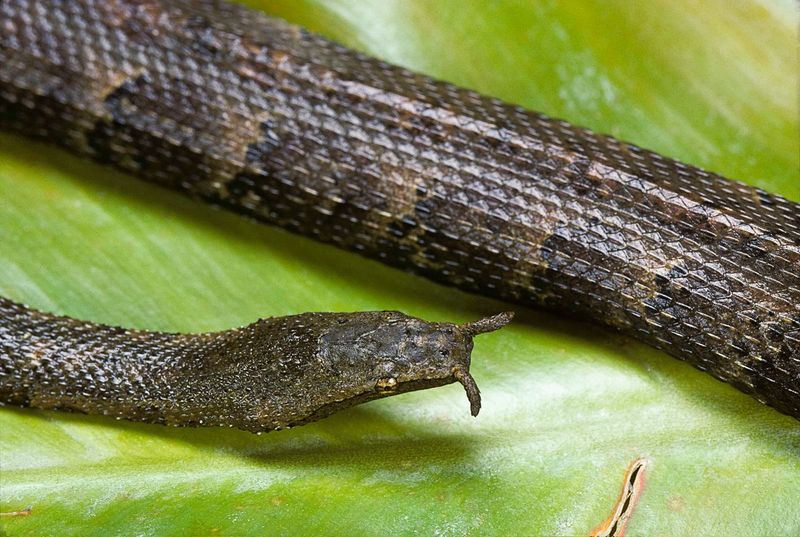
Though equipped with venom glands and rear fangs, tentacled snakes pose virtually no threat to humans. Their venom is specialized for immobilizing small fish, having little effect on mammals like us.
Their rear-fanged delivery system requires them to chew venom into prey rather than inject it with a single bite. This makes them even less dangerous to handlers. While technically venomous, they’re considered completely harmless and are occasionally kept as exotic pets by enthusiasts who appreciate their unusual appearance and behaviors.
Sensitive Water Pressure Detection
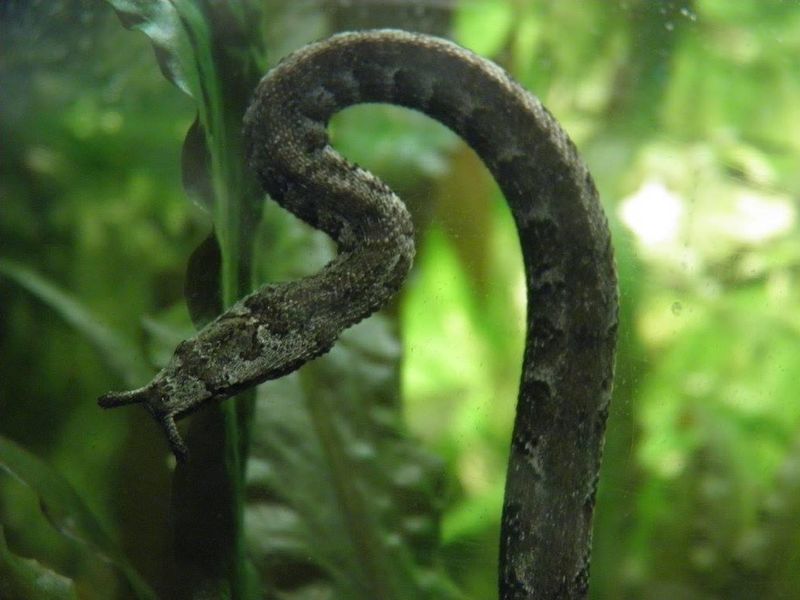
Beyond their facial tentacles, these snakes have another sensory superpower – the ability to detect minute changes in water pressure. Their entire body functions somewhat like a lateral line system in fish, sensing disturbances in the surrounding water.
This sensitivity allows them to detect prey even in zero-visibility conditions. The scales along their body contain pressure-sensitive nerve endings that create a three-dimensional awareness of their surroundings. Combined with their tentacles, this gives them an almost sixth sense underwater, making them formidable hunters even on the darkest nights.
Evolutionary Mystery
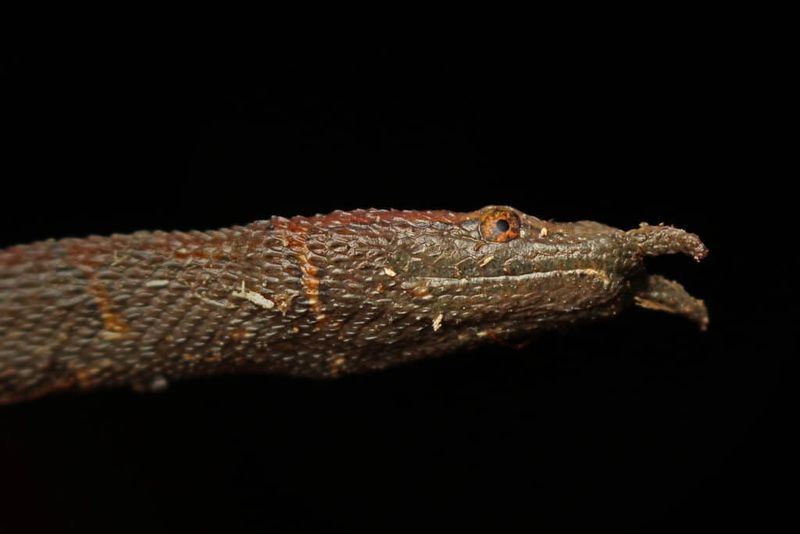
Biologists still debate how and why tentacled snakes evolved their unique features. These reptiles represent a fascinating evolutionary puzzle – they’re the only snake species with facial tentacles, yet they belong to the Homalopsidae family of water snakes.
Genetic studies suggest they diverged from other water snakes around 15-20 million years ago. What environmental pressures led to their extraordinary adaptations? The tentacles may have evolved from sensory scales that gradually extended outward. Their closest relatives lack these features, making the tentacled snake a true evolutionary one-off in the reptile world.





